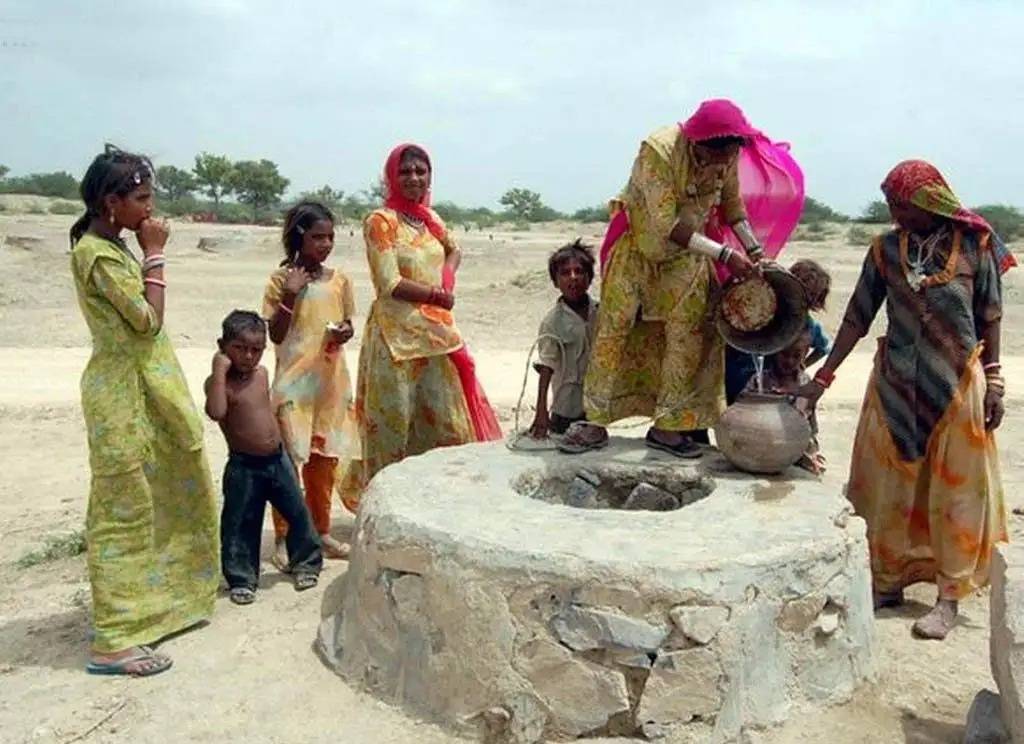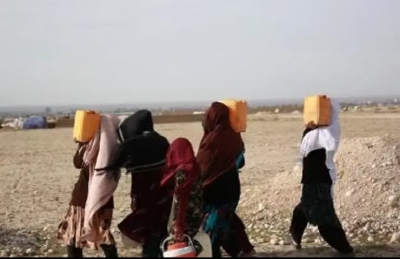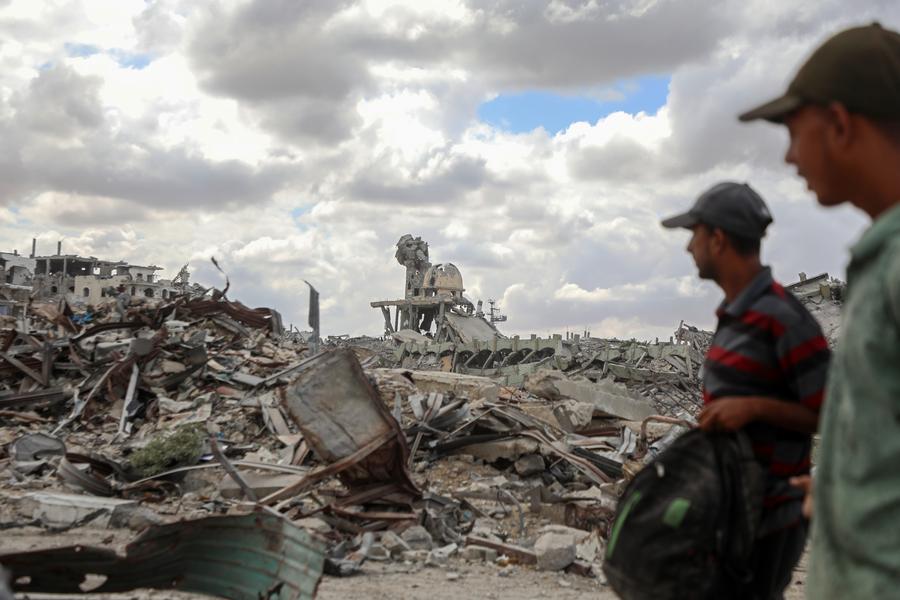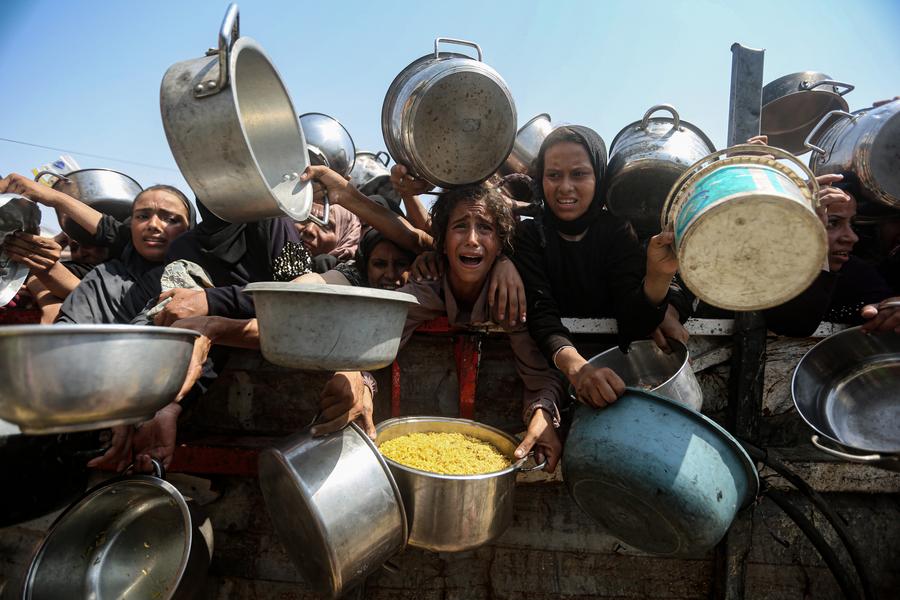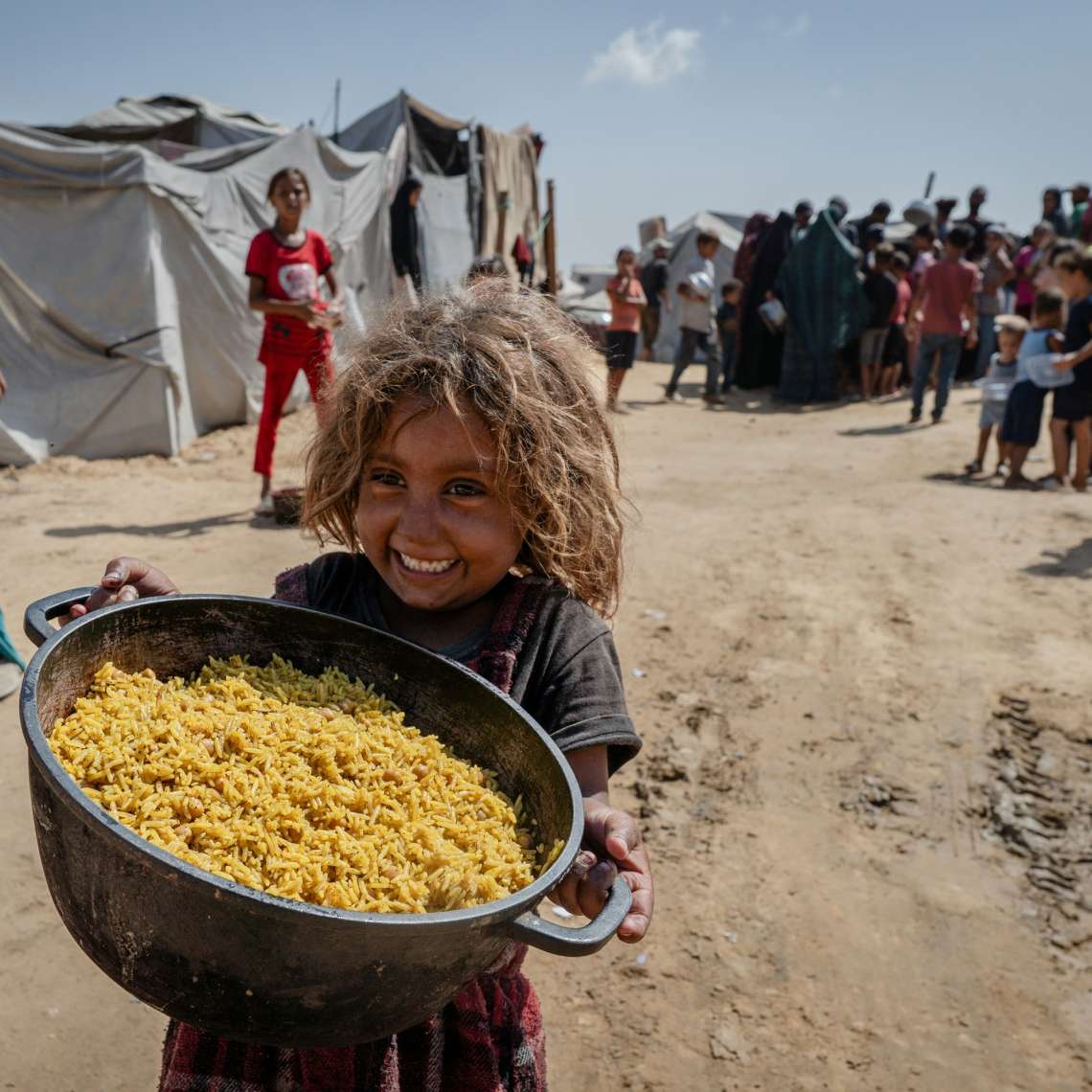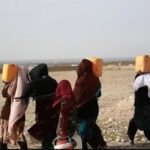Water is life, but in Sindh it breeds death! Water treatment plants in various towns in Sindh draw their raw water from the Indus River, or from canals, depending on their location. The surface water bodies in Sindh are polluted, with the degree of pollution varying from one location to another. This means that the water from rivers, canals and streams in Sindh require adequate treatment to make it safe for drinking … writes Dr Sakariya Kareem
WaterAid’s Pakistan Country Strategy for 2010-2015 states that around 50 per cent of the population has adequate access to drinking water and a mere 15 per cent to sanitation.
In terms of availability of water, the worst affected is Sindh province in Pakistan, where only 10 per cent of the land area has fresh groundwater availability. Almost 78 per cent of the province relies on saline groundwater which is not fit for irrigation. As the groundwater is saline in most areas, the rural population is dependent on supplies from the canal system. It is, therefore, not surprising that the province recently witnessed a double whammy in the form of torrential rain and floods as well as protests against the dumping of toxic waste in a reservoir close to a coal power plant. This has led to several households being affected and future generations being put at risk.

A survey carried out by the Pakistan Council of Research in Water Resources, informs that out of 1247 surveyed water supply schemes only 529 (42 per cent) were functional in 22 districts of Sindh with an average duration supply of 5 hrs/day. Only 25 per cent of water samples were fit for drinking while the remaining are contaminated with microorganisms and arsenic.
The issue of water contamination in Sindh recently came to the limelight when residents belonging to five villages near the Gorano reservoir (Tharparkar) held a protest at a time when the Chief Minister of Sindh was visiting. The cause of these protests was the dumping of toxic water into the water-waste reservoir.
Protestors at the site claimed that the Sindh government had failed to meet its promises made to the local people. They claimed that their homes and grazing lands for animals had vanished and several residents had become homeless, due to the dumping of highly toxic water from the reservoir. It is clear that toxic water wreaked havoc on the ecology and environment in the area.
Water treatment plants in various towns in Sindh draw their raw water from the Indus River, or from canals, depending on their location. The surface water bodies in Sindh are polluted, with the degree of pollution varying from one location to another. This means that the water from rivers, canals and streams in Sindh requires adequate treatment to make it safe for drinking. Water treatment plants convert contaminated water to safe drinking water. They are designed according to the type of contaminants in the water.
In the case of Gorano, over 500 families were supposedly given an annual compensation of Pak Rs1,00,000 each for a few years, although the Chief Minister had promised to release of compensation funds every year against huge losses suffered by villagers. Locals complained that more and more water was being released in the Gorano waste water reservoir, increasing environmental issues for thousands of the residents, their livestock and wildlife species. They threatened to widen the scope of their protest if their demands were not met.
A story in the Express Tribune shows that the reservoir, a vast body of brackish water, was formed after water discharged from Thar Block-II, where a coal-fired power plant functions and coal mining is undertaken, began accumulating in the area. An area of 2,500 acres was marked for the pond, which was planned to contain the water disposed of. However, the pond covers an area of over 4,000 acres and twelve villages in its surroundings face its hazardous effects.
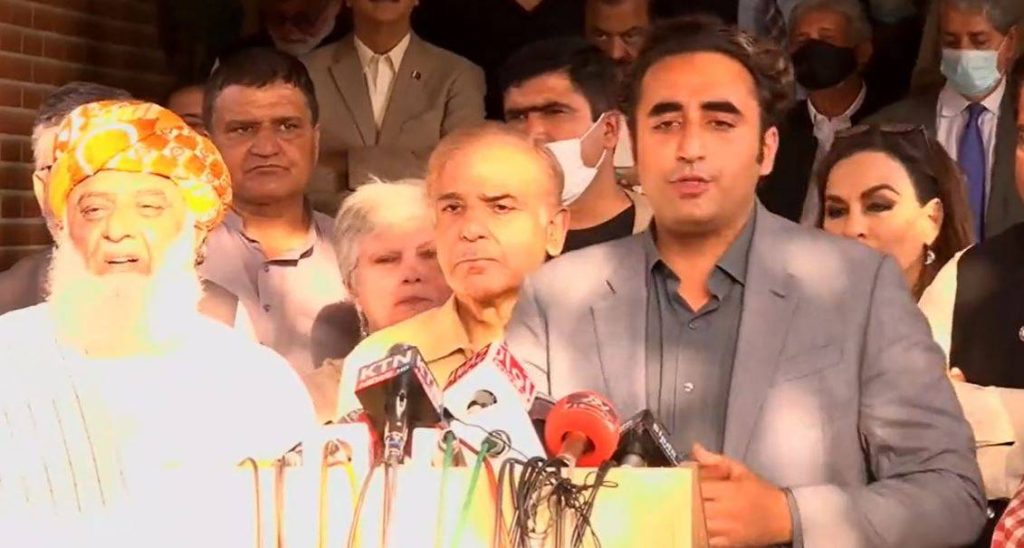
A water testing report of samples from Gorano, Thar Block-II, issued by the Soil Salinity and Reclamation Institute Tandojam, has declared the water unfit. The report, (17 July 2020) states that the ratio of total suspended solids in stunt water is above 6,000 one part per million (ppm), deeming the water unfit for irrigation. Similarly, a report by the Centre for Research on Energy and Clean Air, (May 2020), informs that Thar will be a major air pollutant and mercury and CO2 emission hotspot in South Asia. At a time when toxic water was damaging people’s livelihoods in one part of Sindh, another part of the province was inundated by floods.
Media reports say that as many as 30 villages were submerged in the Sindh province after flash floods from Baluchistan entered the province, taking the total number of drowned villages to fifty. Torrential rains and flash floods in Baluchistan, caused streams of floodwater to enter in adjacent Qambar-Shahdadkot district and the hilly region of Kachho in Dadu district, causing more losses in different areas. This year, Baluchistan has been the worst affected, where the death toll has reached 150. The recent deaths were reported in Zhob, QillaSaifullah, Kohlu, Naushki and Lasbela areas of Balochistan that endured flash floods.
In Sindh, the village of MasuBhurgri (Hyderabad Taluka) has been in the news recently due to the floods destroying the cotton fields of several farmers. Torrential rains have left fields flooded and cotton crops destroyed. Southern Pakistan has been hit hard by floods after unusually heavy monsoon rains this year. Scores of people have been killed and hundreds of homes have been swept away. Around fifty villages in Sindh were inundated, reported local media, after flash floods from the neighbouring province of Baluchistan flowed over, destroying thousands of acres of agricultural land and orchards. MasuBhurgri has around sixty families, mostly engaging in agricultural work, planting cotton, wheat, and chillies. The region has been suffering from drought for decades and the monsoon rains were always welcome. But this year, it was too much of a good thing and now farmers are at a loss. Rana Shakeel Ahmed, a village elder, described the loss as substantial and said no help from authorities was forthcoming.
A cursory glance at Pakistan’s water situation tells us that conditions are dire and yet successive governments have done little to find effective solutions to the crisis. A Pakistan Institute for Development Economics report on Pakistan’s Water Crisis shows that more than 80 per cent of the country’s population faces “severe water scarcity.” Water availability in Pakistan has plummeted from 5,229 cubic meters per inhabitant in 1962 to just 1,187 in 2017. The question today is not so much when the next crisis will come but how soon. Amidst this gloomy picture, Pakistan’s leaders need to be sensitized to another reality, particularly in Sindh. Water is supposed to give life; instead, it has become the harbinger of death.

